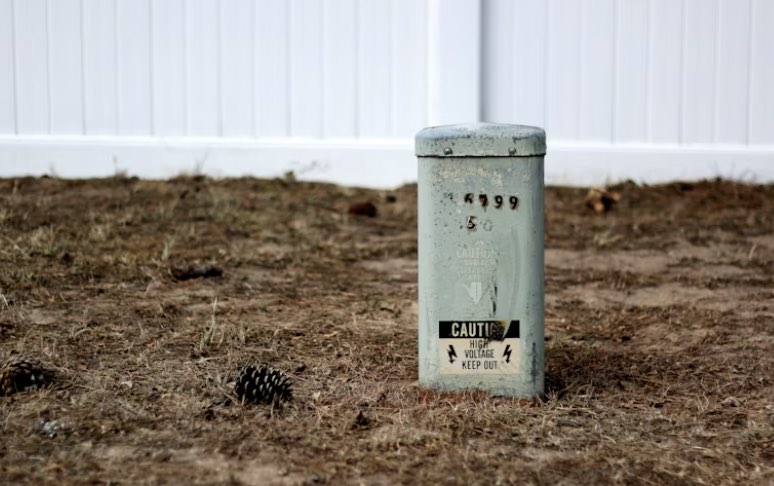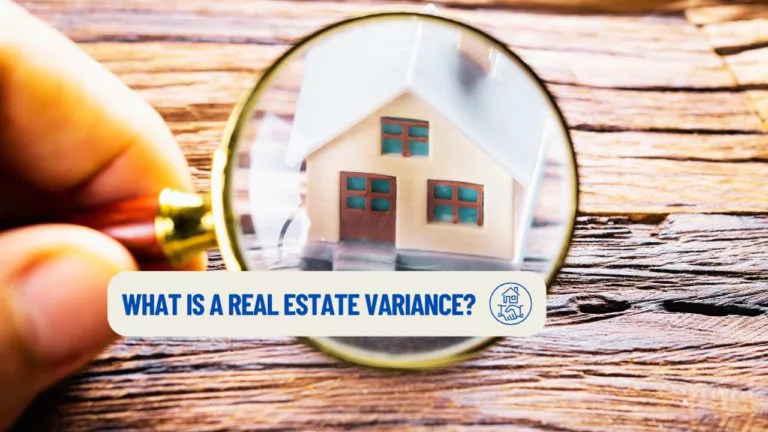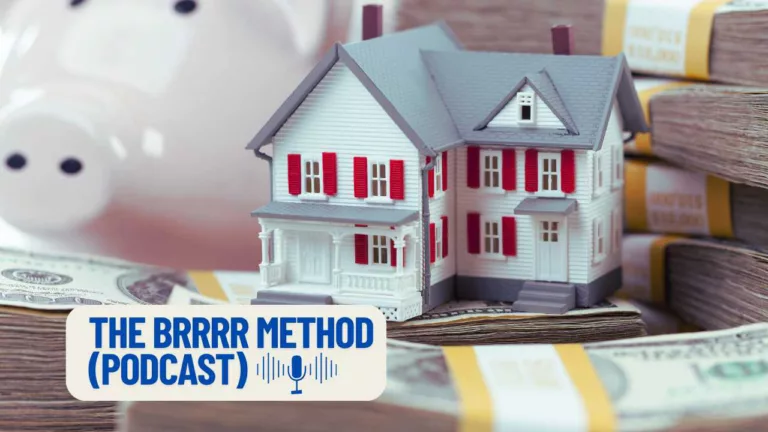
REAL ESTATE AGENT / DEFINITIONS
Definition And Tips For Homeowners

By: Joe Stephenson REALTOR®
- What is an Easement?
- Real Life Examples
- Types of Easements
- What Should I Do if I’m Buying a Property With an Easement?
Definition
A right to utilize another person’s property for a particular objective, such as establishing a right-of-way or installing utilities, is termed an easement. It represents a non-possessory or intangible interest in real estate, as it doesn’t confer any ownership or occupancy rights.
Easement Diagram

1). Lot C has an easement by necessity across Lot B
2). The public has an easement right over Lot A to the lake.
3). A utility easement in gross crosses Lots A, B, and C
Common easement types
Common easement types include utility easements, private easements, conservation easements, and right-of-way easements.
Easement in gross
An easement in gross benefits a particular individual or entity, rather than a neighboring property.
Easement by prescription
An easement by prescription is another term for a prescriptive easement.
Light and Air Easements
Light and air easements are a type of nonpossessory interest in real property. They grant the right to access light or air from a property owned by another person. For instance, a building owner might purchase a light and air easement from neighboring properties to ensure that their building will continue to receive sufficient light and air, even if new structures are built next door. This can be particularly crucial in densely populated urban areas where high-rise buildings are common. These easements can significantly impact the value and development potential of a property.
Emergency Access Easements
Emergency access easements, also known as fire or police easements, are granted to public authorities or first responders to allow them access to private property in case of an emergency. This can include the need for an ambulance to drive across private land to reach a patient more quickly, or a fire truck needing access to combat a forest fire. In some cases, these easements may also be used for routine patrol by law enforcement agencies. The owner of the property cannot obstruct these easements and must allow access when necessary.
Drainage Easements
Drainage easements are commonly used where water from higher ground naturally flows across a lower piece of land. The owner of the upper parcel may have a drainage easement allowing them to direct water (such as rainwater or melted snow) onto or across the lower parcel. This can prevent waterlogging or erosion on the upper parcel. Conversely, the lower parcel’s owner may hold an easement allowing them to drain water onto the upper parcel. These easements can be critical in maintaining the health and integrity of both properties, especially in areas prone to heavy rainfall or snowfall.
Private Easements
Private easements are a type of easement that grants specific rights to a particular individual or entity, rather than to the general public or a large group of people. These are often created through express agreements between property owners. For example, a homeowner might grant a private easement to their neighbor, allowing them to use a portion of their property for driveway access. The rules and regulations of private easements are typically outlined in the easement agreement itself.
Conservation Easements
Conservation easements are legal agreements between a landowner and a land trust or government agency that restrict the use of a property to protect its conservation values. They’re commonly used to preserve natural or man-made features like forests, wildlife habitats, or historic buildings. Once in place, these easements restrict activities like development and subdivision, while allowing the land to be used for purposes consistent with conservation, such as agriculture or outdoor recreation. The specifics of what is and isn’t allowed under a conservation easement will depend on the terms of the individual agreement.
Right-of-Way Easements
Right-of-way easements, often associated with roads and utilities, give certain parties the right to travel over another’s property to reach a specific destination. This can include public access routes, such as hiking trails, as well as utility lines for services like electricity, water, or internet. These easements are usually created through an agreement between the property owner and the party requiring access, with the terms outlining who can use the easement, for what purpose, and any maintenance responsibilities.
Prescriptive Easement vs Adverse Possession
The distinction between a prescriptive easement and adverse possession lies in the rights they confer. While a prescriptive easement simply bestows upon an individual the privilege to utilize the property, adverse possession can eventually result in the individual becoming the legal owner of that property.
How can I prevent someone from acquiring a prescriptive easement to my property?
To prevent someone from acquiring a prescriptive easement to your property, you can make it clear that their use of your land is with your permission. This can prevent their use from being considered “hostile,” a requirement for prescriptive easements.
What’s an easement appurtenant?
An easement appurtenant is a type of easement that benefits an adjacent property. This could be something like a right-of-way through your land to provide access to the neighboring property.
Prescriptive easements
Prescriptive easements are acquired when someone uses a part of your property without your permission for a certain period of time.
Utility easements
Utility easements allow utility companies to use a portion of a property for their equipment.
Real Life Examples of Easements
In the bustling city of Easement Heights, various types of property easements are woven into the urban fabric. Let’s explore some illustrative examples:
- Express Easement: Consider Mr. Williams, a property owner whose private property borders a public school. The school, as the easement holder, has an express easement inscribed in the property deed. This agreement allows them to use a portion of Mr. Williams’ land as a path for students – a clear example of property access on someone else’s property.
- Implied Easement: Next, there’s Mrs. Baker, who enjoys a beautiful ocean view from her patio. The previous owner had an unwritten agreement with the neighboring property owner, Mr. Lee, that they would not build anything obstructing this view. Even though it’s not officially documented, this implied easement continues to provide Mrs. Baker with an unobstructed vista.
- Private Easement: Down the lane, Mr. Rodriguez’s home is hidden behind Ms. Chen’s property. To access his home, he uses a private easement through Ms. Chen’s driveway. His property is the dominant estate, benefiting from this easement, while Ms. Chen’s property is the servient estate, bearing the burden of this arrangement.
- Affirmative Easement: On the edge of the city, the local utility company has an affirmative easement to maintain power lines that cross over Mrs. Patel’s spacious backyard. This easement allows them to perform necessary work on a person’s land without transferring any ownership interest.
- Negative Easement and Historic Preservation Easement: At the heart of Easement Heights stands a historic building owned by the Anderson family. They granted a negative easement and a historic preservation easement to the local historical society. This ensures that even after a property sale, future owners cannot alter the building’s exterior, preserving its historic integrity.
Through these examples, the definition of easement comes to life. It’s clear that property easements play a vital role in balancing the rights and interests of property owners, easement holders, and the community at large. Whether it’s an express, implied, private, affirmative, negative, or historic preservation easement, each serves a distinct purpose in the complex landscape of property rights and access.


What To Do If A Home You’re Buying Has An Easement
If you’re considering buying a home with an easement, it’s important to understand the terms of the easement and how it might affect your use of the property. It can be a good idea to consult with a real estate attorney before making a decision.
Should I buy a property with an easement?
Buying a property with an easement depends on the terms of the easement and how it affects the property. It’s advisable to understand the details of the easement before making a decision.
Should you buy a home with an easement?
Whether you should buy a home with an easement depends on the type of easement and how it impacts the use of the property. You may want to consult with a real estate professional or attorney to understand the implications.
How To Create An Easement
Creating an easement typically involves drafting a legal document that outlines the terms of the easement and having it signed by both parties.
Categories Of Easements
Easements can be categorized into several types such as utility, private, conservation, and right-of-way easements.
How to create, or remove, a property easement
Creating or removing an easement usually requires a legal agreement between the property owner and the party that holds the easement.
Will an easement impact my property value?
The impact of an easement on your property value can vary. Some easements may have little impact, while others could potentially decrease your property value.






